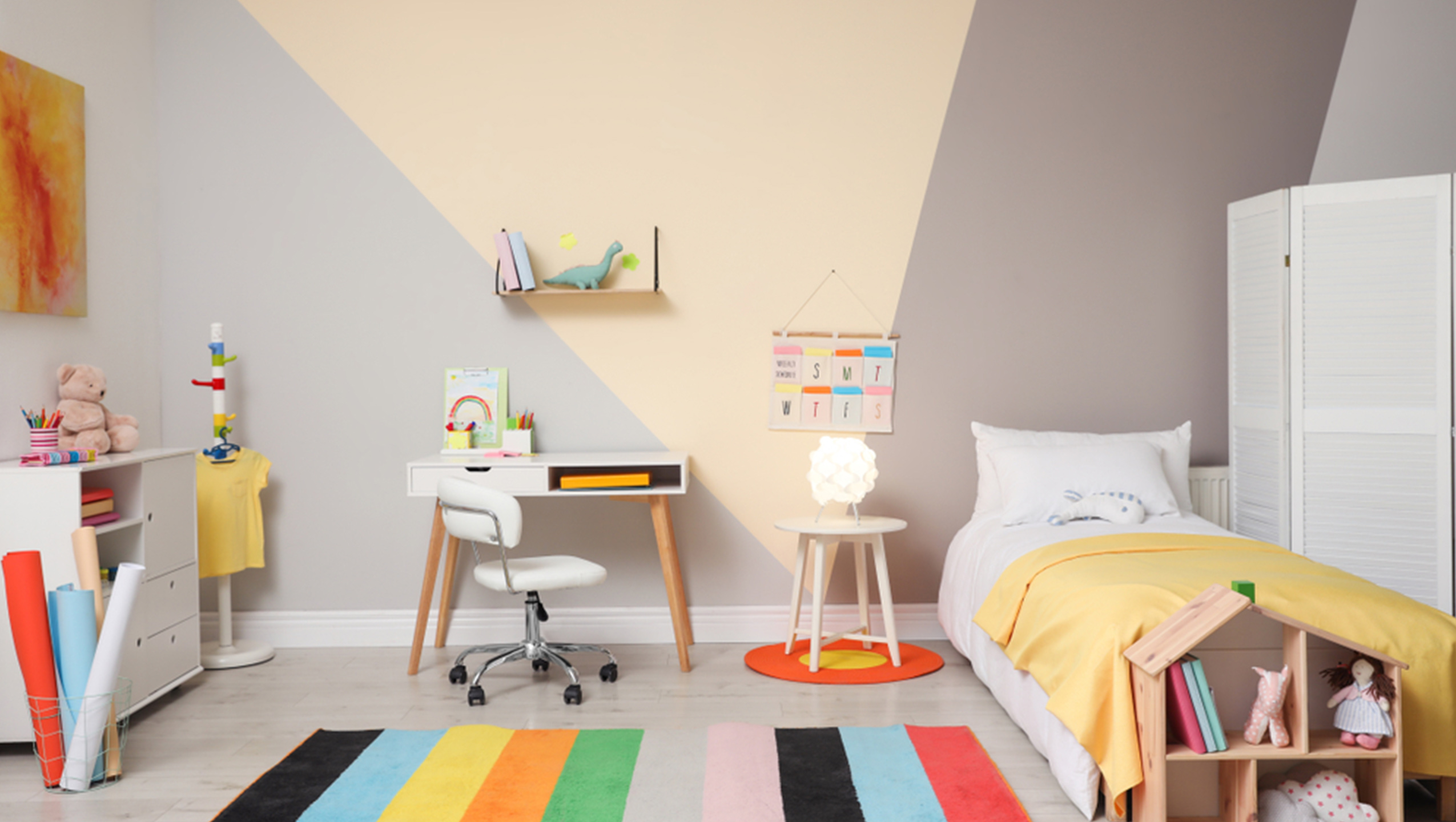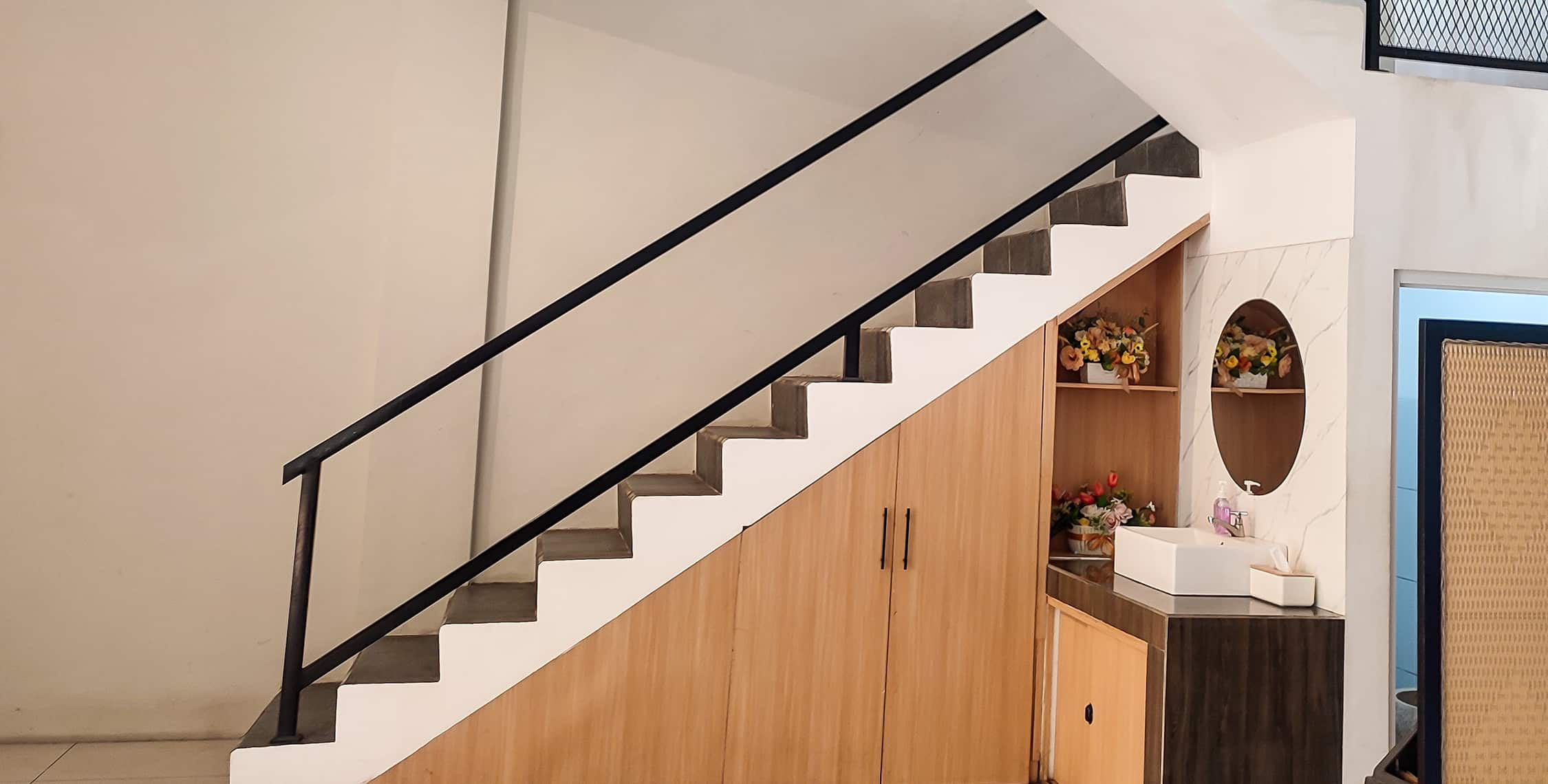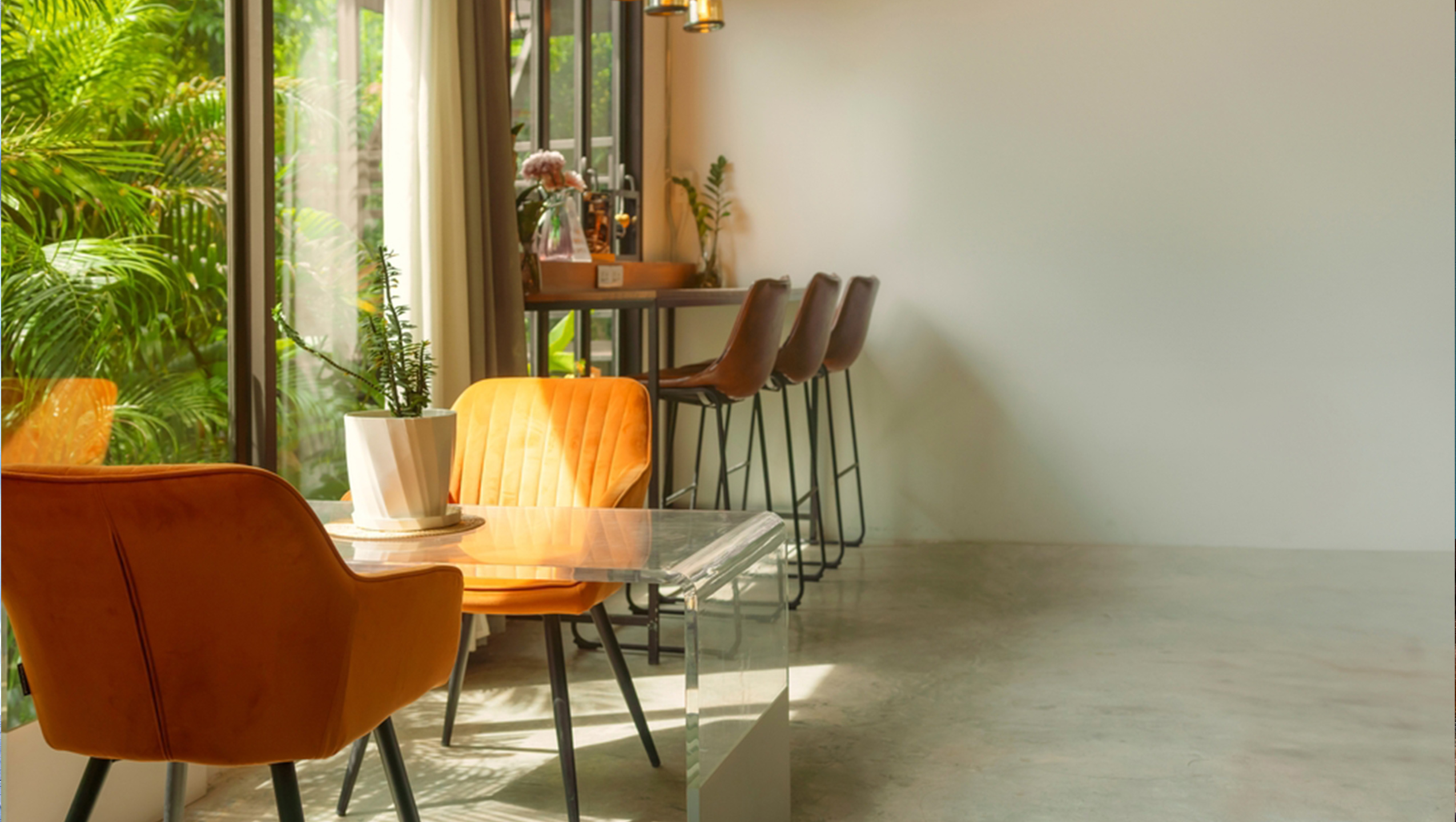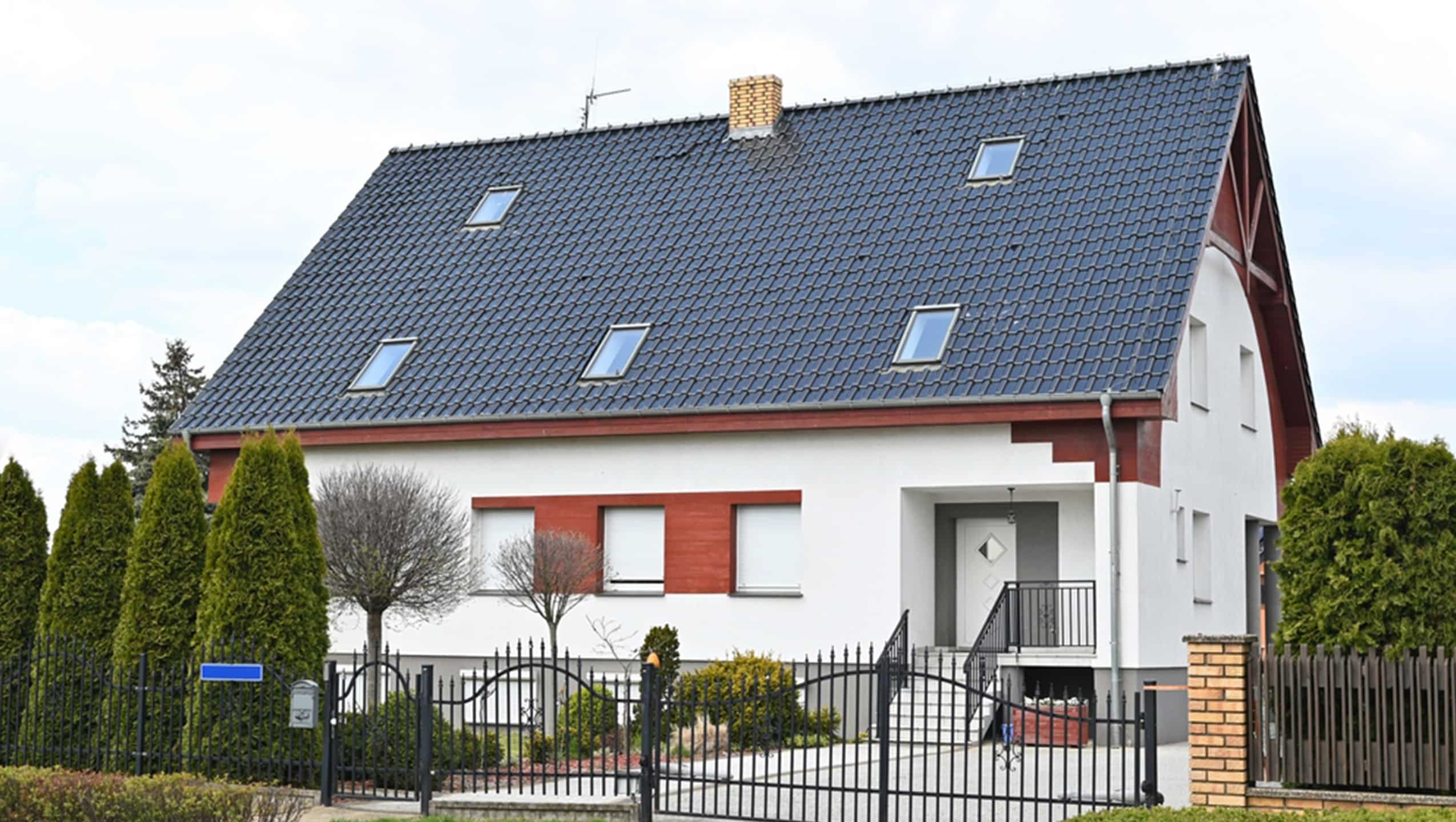Creating a comfortable and functional study space for children is a crucial step in supporting their academic growth and creativity. A conducive environment can enhance concentration, productivity, and imagination. However, designing a study area that is both enjoyable and practical often comes with challenges. No need to worry, as the following ideas can serve as inspiration for creating an ideal study space.
1. Study Space with Calming Colors
Colors have a significant impact on a child's mood and productivity. Bright shades such as light blue, green, or pastel yellow can create a refreshing and calming atmosphere. Avoid overly striking colors, as they may disrupt focus. You can also creatively combine several colors, such as painting walls with geometric patterns or murals that align with your child’s interests.
In addition to walls, pay attention to the colors of furniture and other decorations. Choose study chairs and desks in harmonious colors to create a balanced and lively ambiance without monotony.
2. Study Space with Adequate Lighting
Lighting is a critical element in designing an ideal study space. Ensure there is sufficient natural light during the day. Large windows that allow sunlight to stream in can boost your child’s mood and energy while studying.
For evenings or cloudy days, proper lighting is essential. Opt for adjustable desk lamps with controllable brightness. Avoid lights that are too bright or too dim, and position lamps to prevent shadows on books or computer screens.
3. Study Space with Ergonomic Furniture
Since children spend considerable time at their desks, selecting ergonomic furniture is essential. Ensure the desk and chair match the child’s height. A desk that is too low or too high can cause discomfort and posture problems.
Consider adjustable chairs that grow with your child. Additionally, ensure the chair provides adequate back support for extended periods of sitting. This helps maintain comfort and focus while studying.
4. A Tidy Study Space
A well-organized study space can help children feel more comfortable and focused. Provide adequate storage, such as shelves or drawers, to keep books, stationery, and other supplies neatly arranged. Organized storage allows children to easily find what they need and keeps the desk clutter-free.
Use colorful boxes or baskets to store small items. Wall-mounted shelves can save space while displaying books or appealing decorations. Teach children to tidy up their belongings after studying to maintain an orderly room.
5. Study Space with Decorative Elements
The right decorations can motivate children to study. Display inspiring images or posters, such as motivational quotes or pictures of their favorite characters. You could also add a whiteboard or corkboard on the wall for notes, schedules, or creative ideas.
Adding small plants to the desk can provide a fresh and natural touch. Low-maintenance plants like mini cacti or succulents are great options.
6. Create a Creativity Corner
Besides focusing on academic tasks, children need a space to express their creativity. Set up a creativity corner in the study area with a dedicated table or board for drawing, painting, or crafting.
Place art supplies such as paper, colored pencils, brushes, and watercolors in this area. Keep this corner separate from the main study desk so children can shift to a more relaxed and creative activity without disrupting their academic focus. This corner can encourage children to exercise their imagination freely.
7. A Study Space That’s Comfortable for Rest
A study space can also double as a comfortable area for rest. In addition to a desk, consider placing a bean bag in a corner of the room. This allows children to move to a cozy spot when they feel tired, making the room more inviting and less monotonous.
Involving children in the design process is key to creating a study space they will love. Ask about their preferences for colors, decorations, and layouts. This ensures they feel a sense of ownership and comfort in their space.
Every child has unique characteristics and interests. Some may prefer a quiet space with minimalist decorations, while others enjoy vibrant colors and creative elements. Tailor the study space to match your child’s personality and needs to help them feel more at ease and motivated to learn.
Designing an appealing and functional study space for children goes beyond aesthetics; it’s about creating an environment that fosters academic growth and creativity. From color choices and proper lighting to ergonomic furniture and inspiring decorations, all aspects should be carefully considered to make the study area an ideal place for learning and exploring creativity.
Also, ensure the flooring is comfortable and easy to maintain. Vellino granite ceramic tiles are a perfect choice for your child’s study space. These tiles not only provide an elegant appearance but are also durable and easy to clean, ensuring the space remains neat and comfortable at all times.
Popular Products
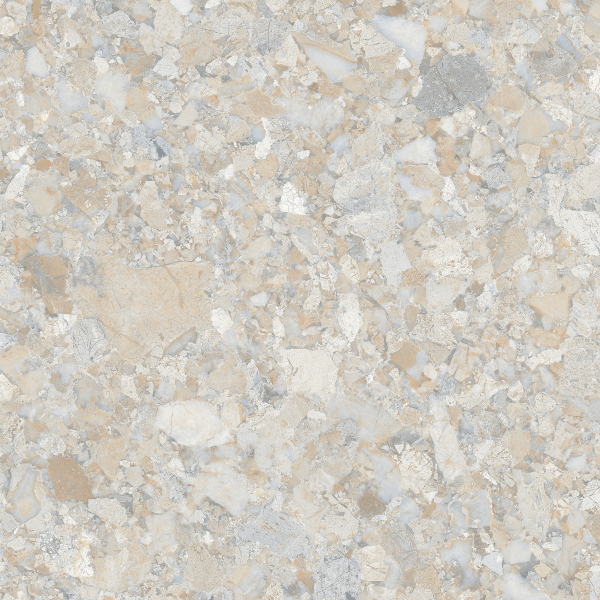
THETA VINCENT BEIGE

THETA NICOLLI WHITE

THETA RAFFINATO WHITE

THETA GIARDINO WHITE

RUSTIC AVIRA CHARCOAL

